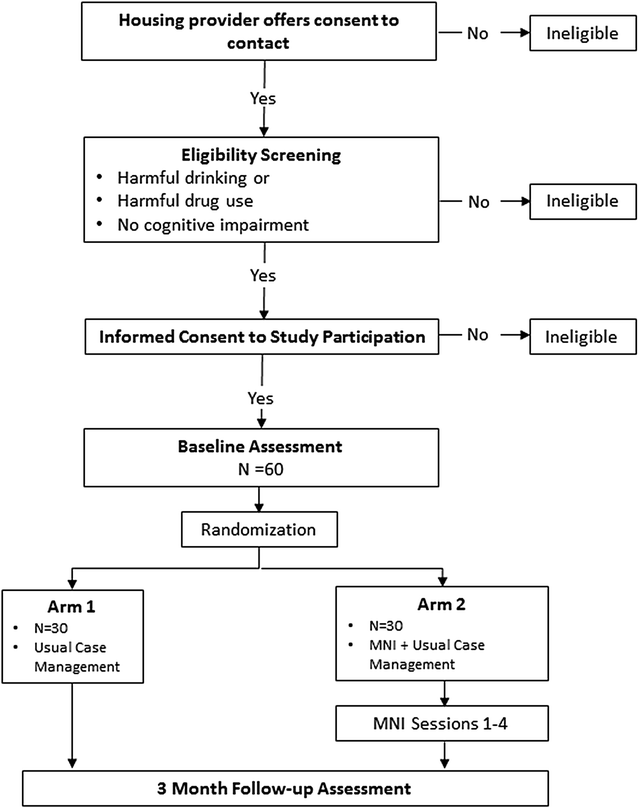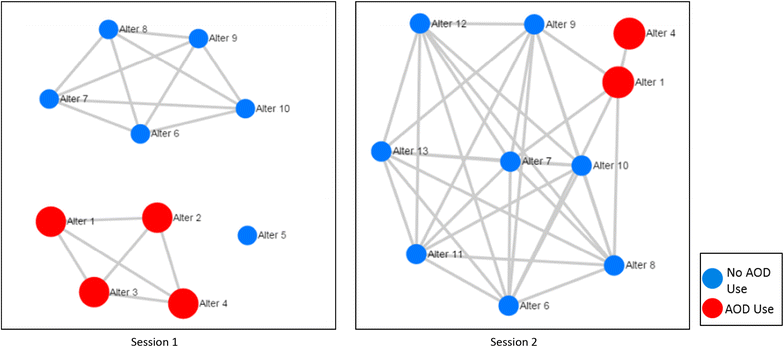A computer-assisted motivational social network intervention to reduce alcohol, drug and HIV risk behaviors among Housing First residents
- PMID: 26979982
- PMCID: PMC4791809
- DOI: 10.1186/s13722-016-0052-y
A computer-assisted motivational social network intervention to reduce alcohol, drug and HIV risk behaviors among Housing First residents
Abstract
Background: Individuals transitioning from homelessness to housing face challenges to reducing alcohol, drug and HIV risk behaviors. To aid in this transition, this study developed and will test a computer-assisted intervention that delivers personalized social network feedback by an intervention facilitator trained in motivational interviewing (MI). The intervention goal is to enhance motivation to reduce high risk alcohol and other drug (AOD) use and reduce HIV risk behaviors.
Methods/design: In this Stage 1b pilot trial, 60 individuals that are transitioning from homelessness to housing will be randomly assigned to the intervention or control condition. The intervention condition consists of four biweekly social network sessions conducted using MI. AOD use and HIV risk behaviors will be monitored prior to and immediately following the intervention and compared to control participants' behaviors to explore whether the intervention was associated with any systematic changes in AOD use or HIV risk behaviors.
Discussion: Social network health interventions are an innovative approach for reducing future AOD use and HIV risk problems, but little is known about their feasibility, acceptability, and efficacy. The current study develops and pilot-tests a computer-assisted intervention that incorporates social network visualizations and MI techniques to reduce high risk AOD use and HIV behaviors among the formerly homeless. CLINICALTRIALS.
Gov identifier: NCT02140359.
Keywords: Alcohol and other drug use; Data visualization; EgoWeb; HIV risk behaviors; Homelessness; Housing First; Motivational interviewing; Social network intervention.
Figures


References
-
- Culhane DP, Gollub E, Kuhn R, Shpaner M. The co-occurrence of AIDS and homelessness: results from the integration of administrative databases for AIDS surveillance and public shelter utilisation in philadelphia. J Epidemiol Community Health. 2001;55(7):515–520. doi: 10.1136/jech.55.7.515. - DOI - PMC - PubMed
Publication types
MeSH terms
Associated data
Grants and funding
LinkOut - more resources
Full Text Sources
Other Literature Sources
Medical

